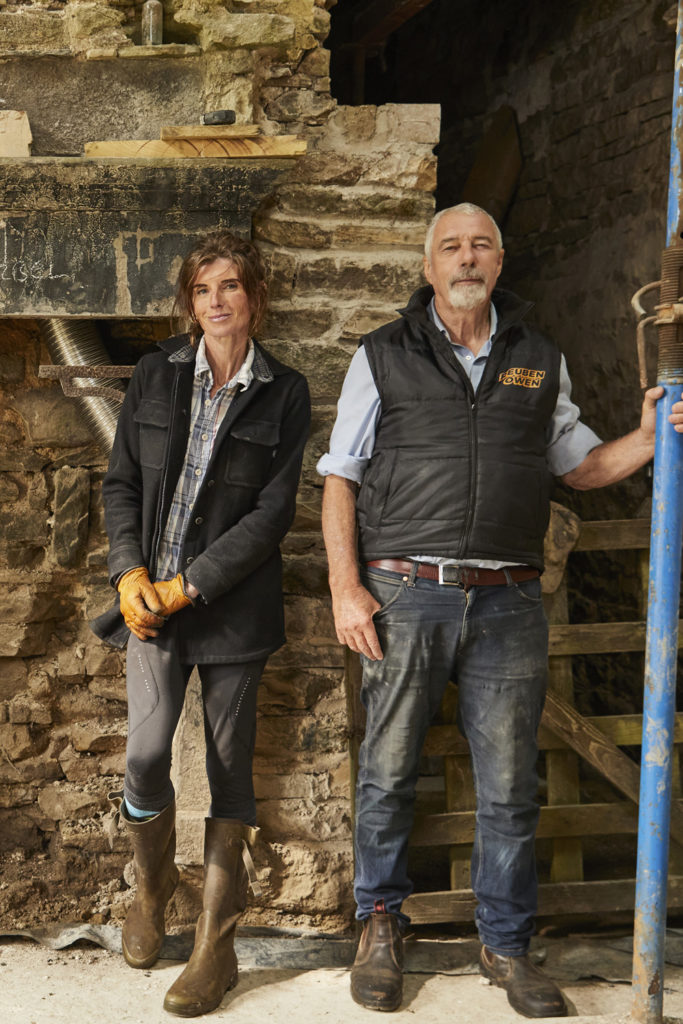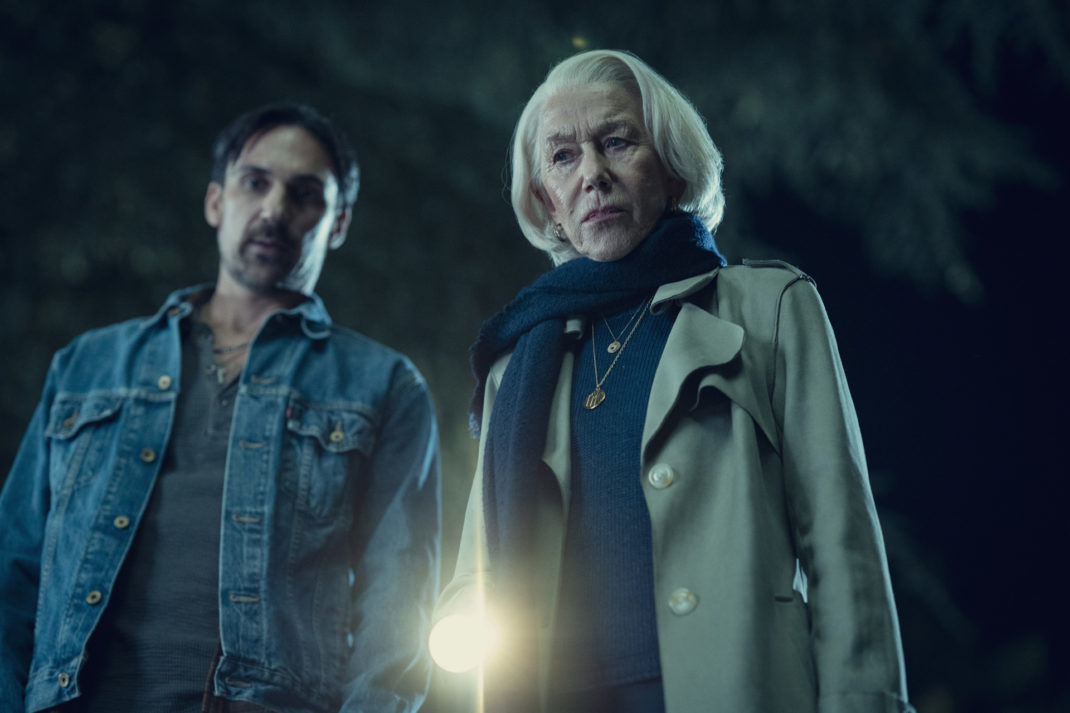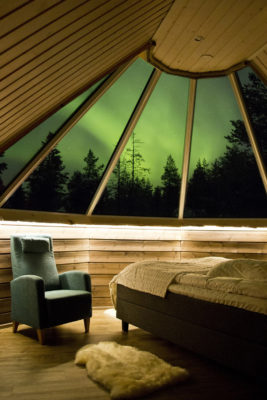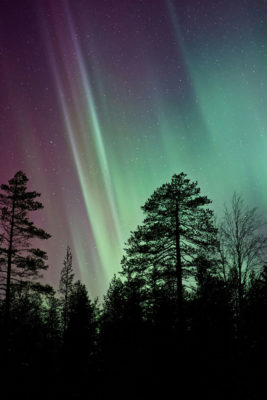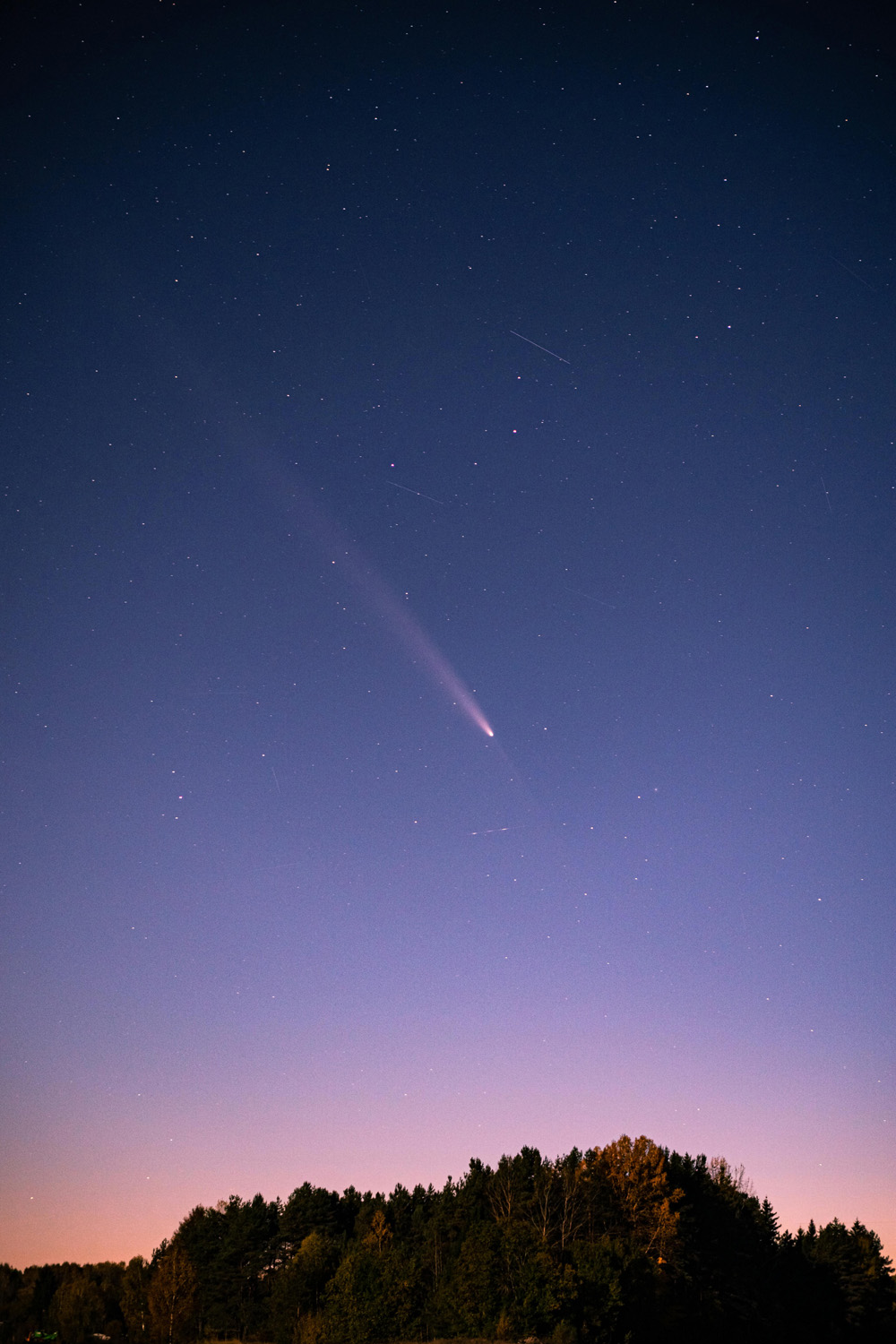
How To See The Leonid Meteor Shower
By
6 months ago
Raining over the UK this month
It’s been a special year for sky gazers, with the Northern Lights and multiple supermoons shining down on the UK. Next to tick off your bucket list is the Leonid meteor shower, which can be seen in UK skies for the rest of the month. But did you know that the Leonids appear annually? Here’s exactly what they are, plus how best to see them.
Leonids Meteor Shower November 2024
Ever made a wish on a shooting star? You’re actually looking at a meteor zooming across the sky – and the next opportunity to see one is right now, in November 2024. The Leonid meteor shower happens annually, joining the UK’s around 30 showers each year. However, Leonid is one of the most beautiful, breathtaking and prolific, with up to 10 meteors per hour flashing across the sky during peak activity.
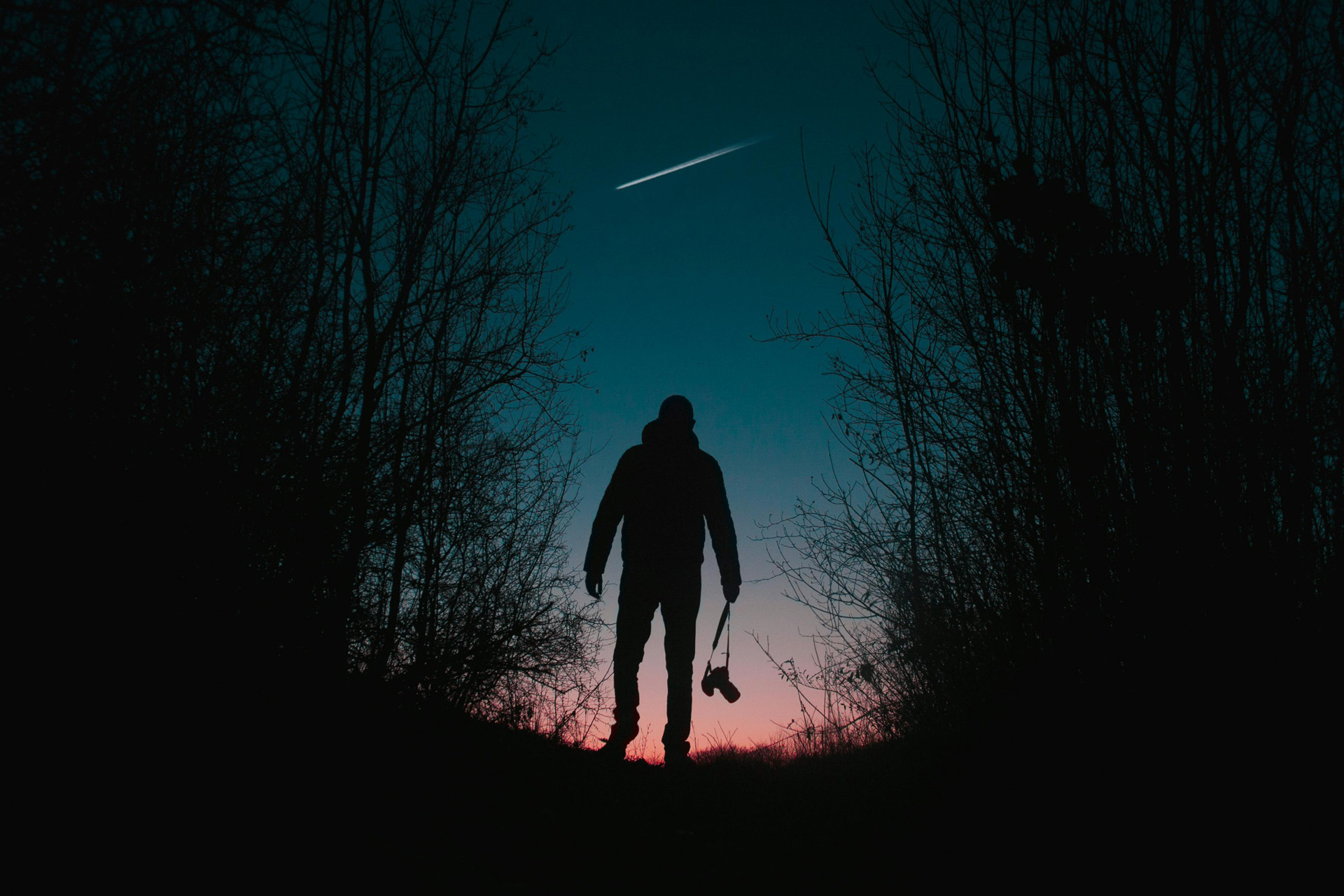
Rakicevic Nenad/Pexels
What Is The Leonid Meteor Shower?
Named after the Leo constellation – the point it appears to originate from – the Leonid meteor shower is caused by Comet Tempel-Tuttle, which leaves a trail of debris behind when it passes the sun. The debris then enters our atmosphere, travelling at such high speeds (up to 70 km per second), it bursts apart, creating what we call ‘shooting stars’.
Measuring around 2.24 miles across (a small comet according to NASA), Comet Tempel-Tuttle has a 33-year long orbit, and that’s when new debris is left near Earth’s path. So how come we see the Leonid meteor shower annually? Because Earth passes back through Tempel-Tuttle’s path every year, and new debris falls into our atmosphere.
Every 33 years, the shower is much bigger as new debris is left in Tempel-Tuttle’s wake. In 1999 through to 2001, the annual Leonid showers produced around 3,000 meteors every hour, while back in 1833, an estimated 100,000 meteors streaked the sky every hour. Tempel-Tuttle will pass closest to the sun once again in 2031, but it’s still worth looking to the sky this month to catch a glimpse of the shooting stars.
When Can I See The Leonid Meteor Shower?
The Leonids are visible in the sky from now all the way through to 30 November 2024 – but they will be at their peak on 18 November, with up to 10 meteors per hour. However, it might be trickier to catch a glimpse of the shooting stars on 18 November as the moon is just beginning to wane after the full moon on 15 November (which is also a supermoon, fyi).
Do I Need Binoculars?
No, once your eyes adjust to the dark, you won’t need binoculars or a telescope to see the Leonids. For the best view, make sure you move away from light pollution like street lamps and find a wide open space so you can see the whole night sky. If you miss the peak on 18 November, don’t worry: you should still be able to spot some of the meteor shower in the rest of November.

